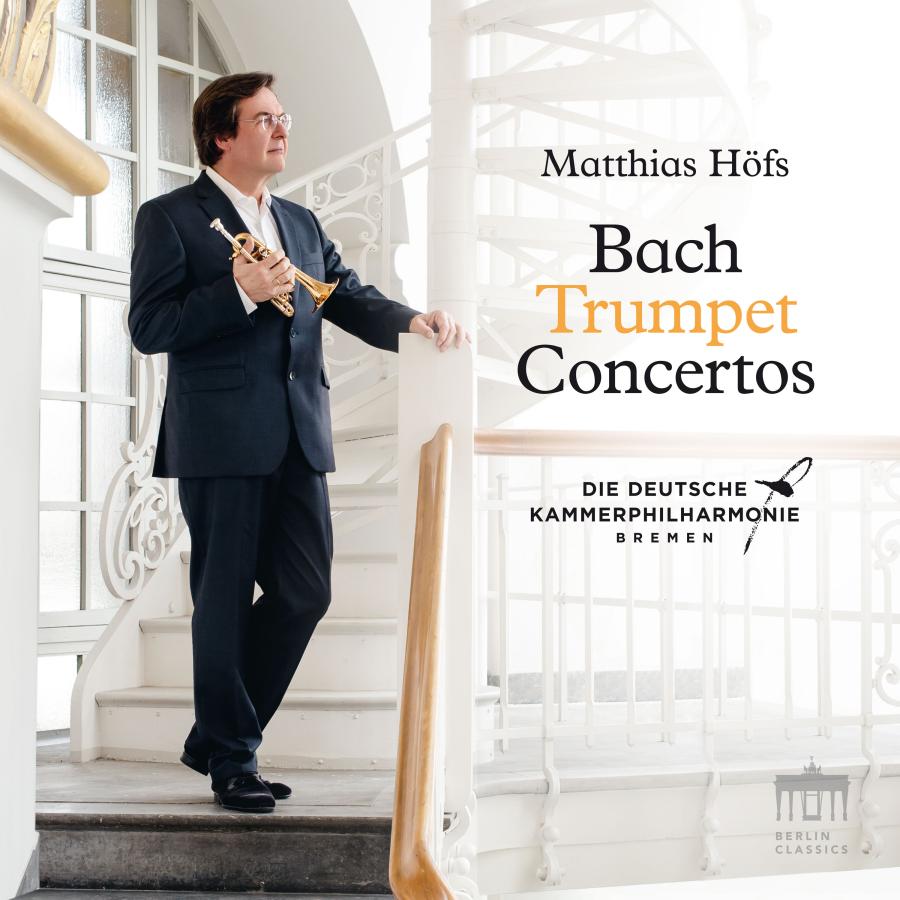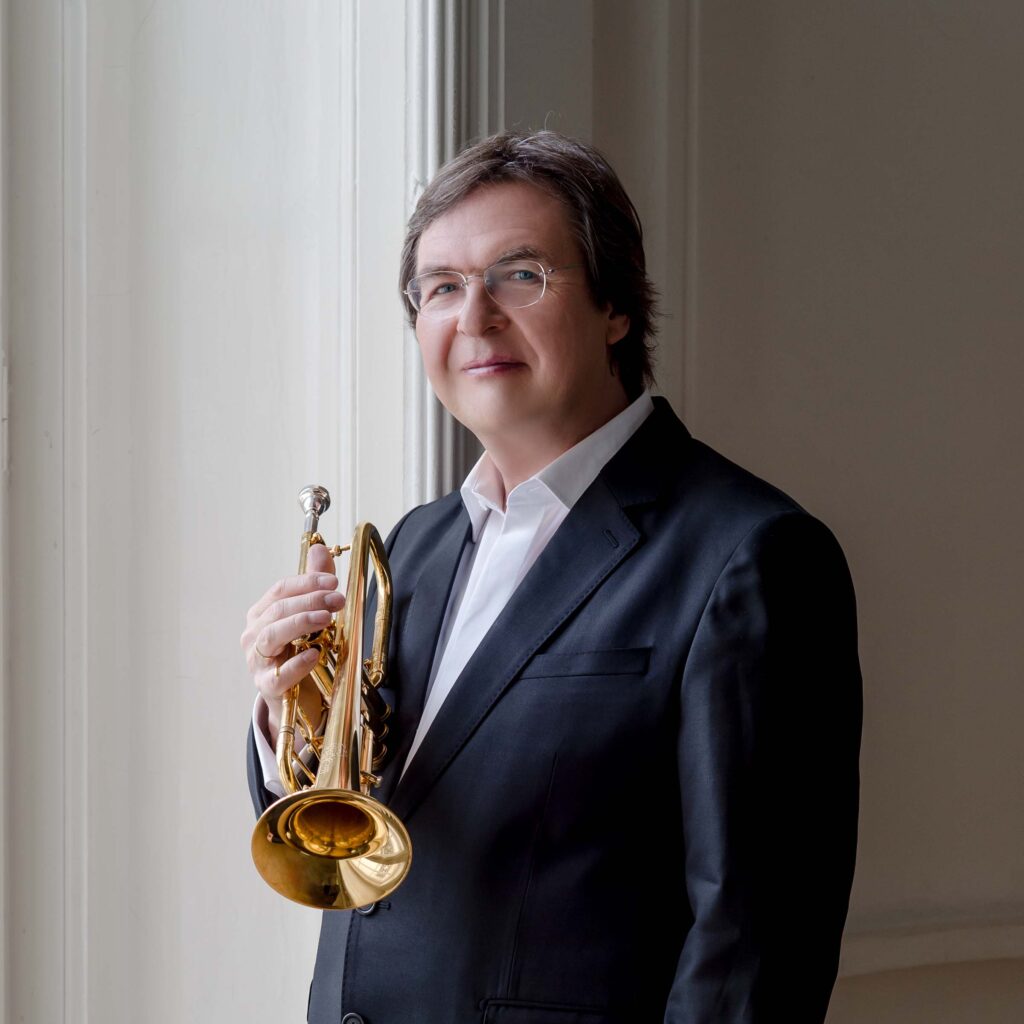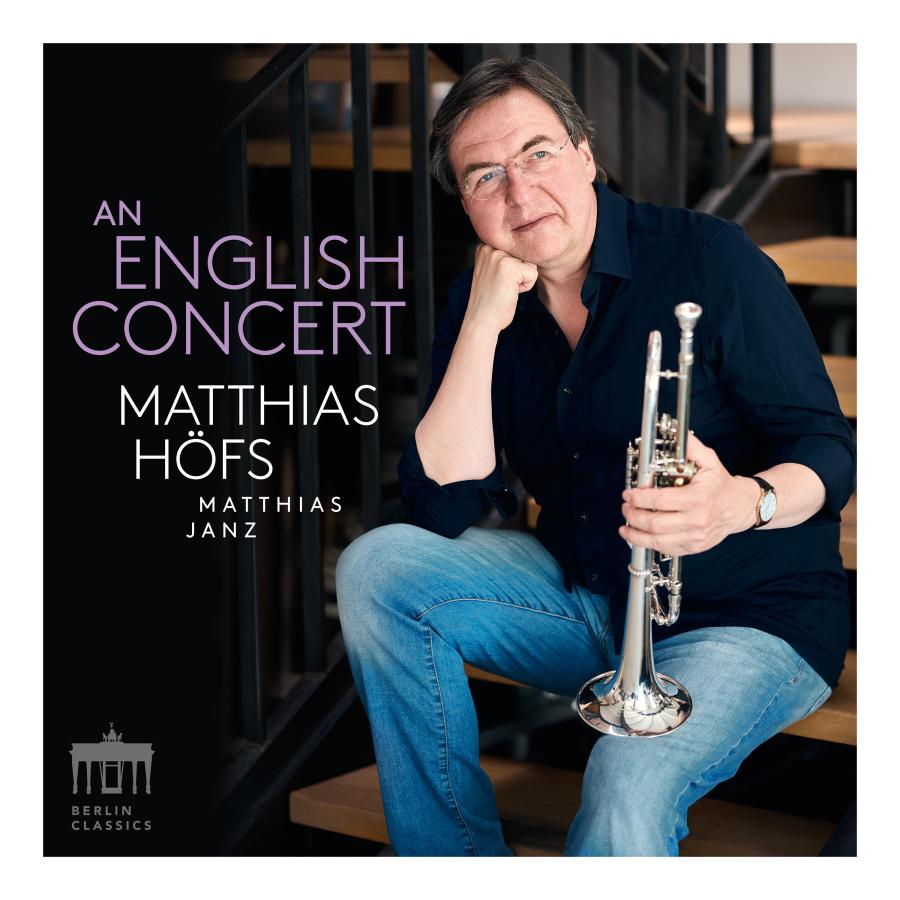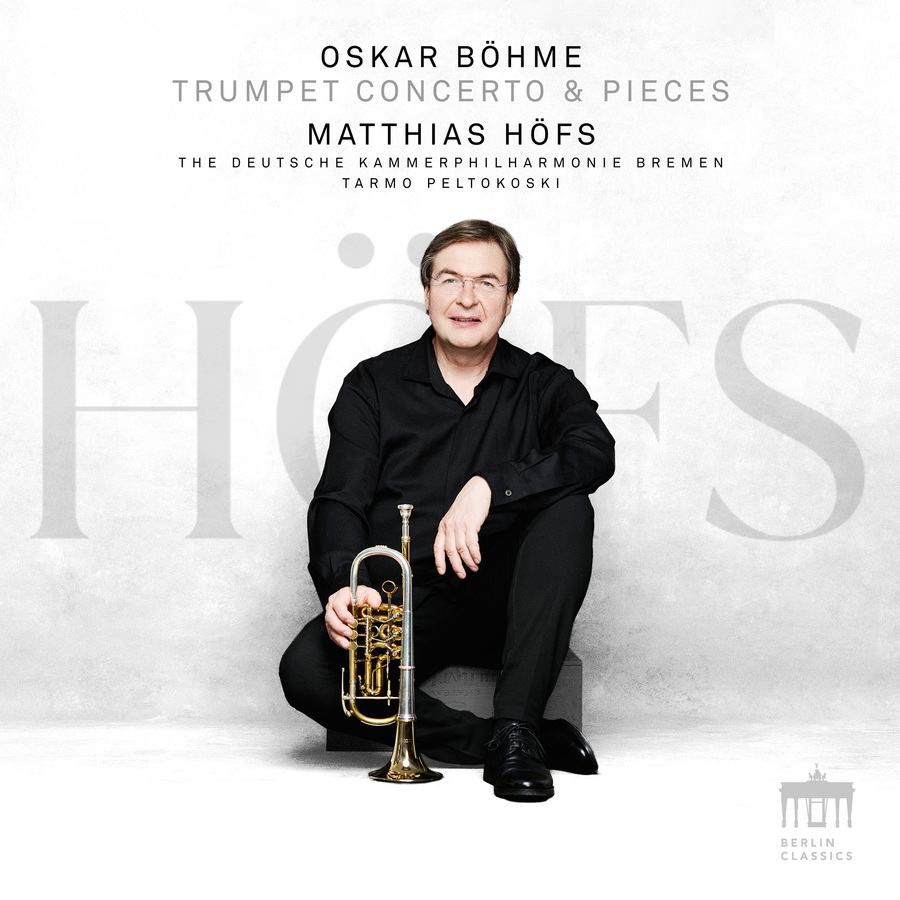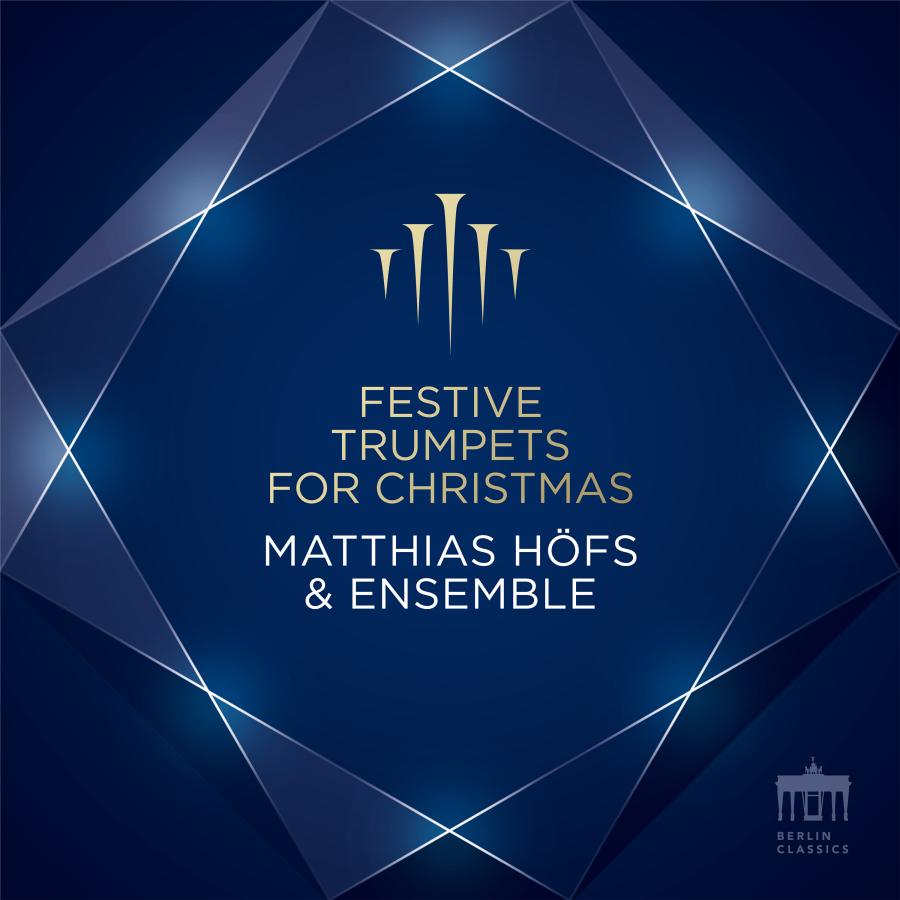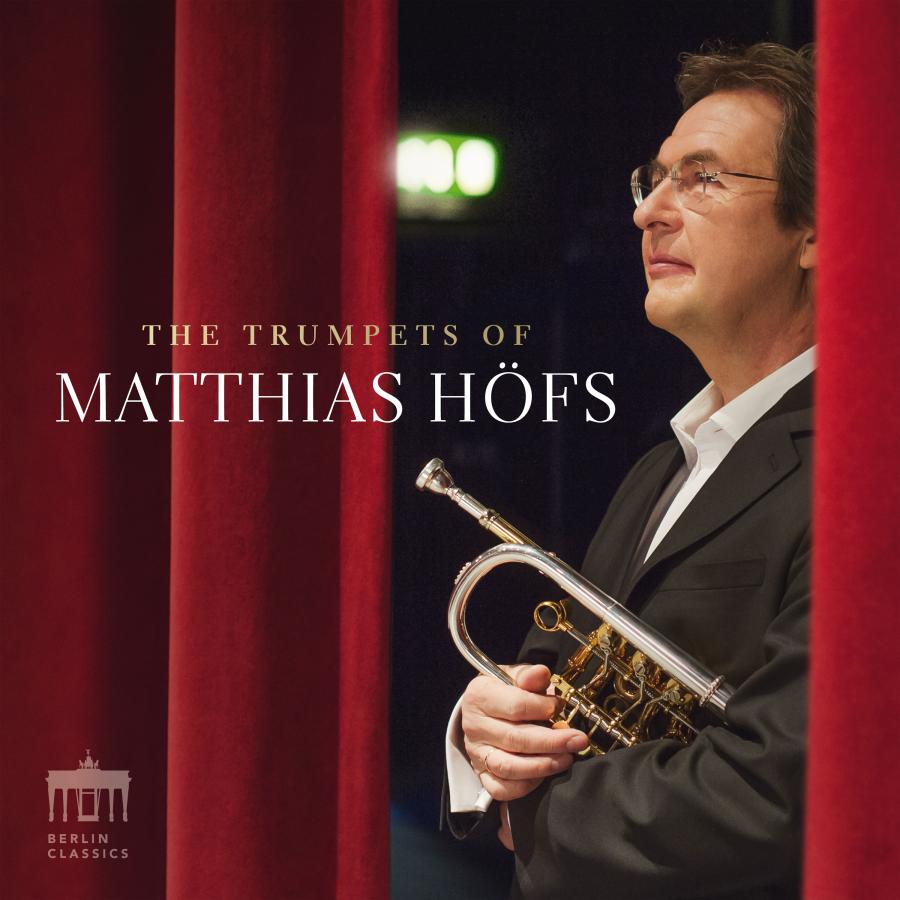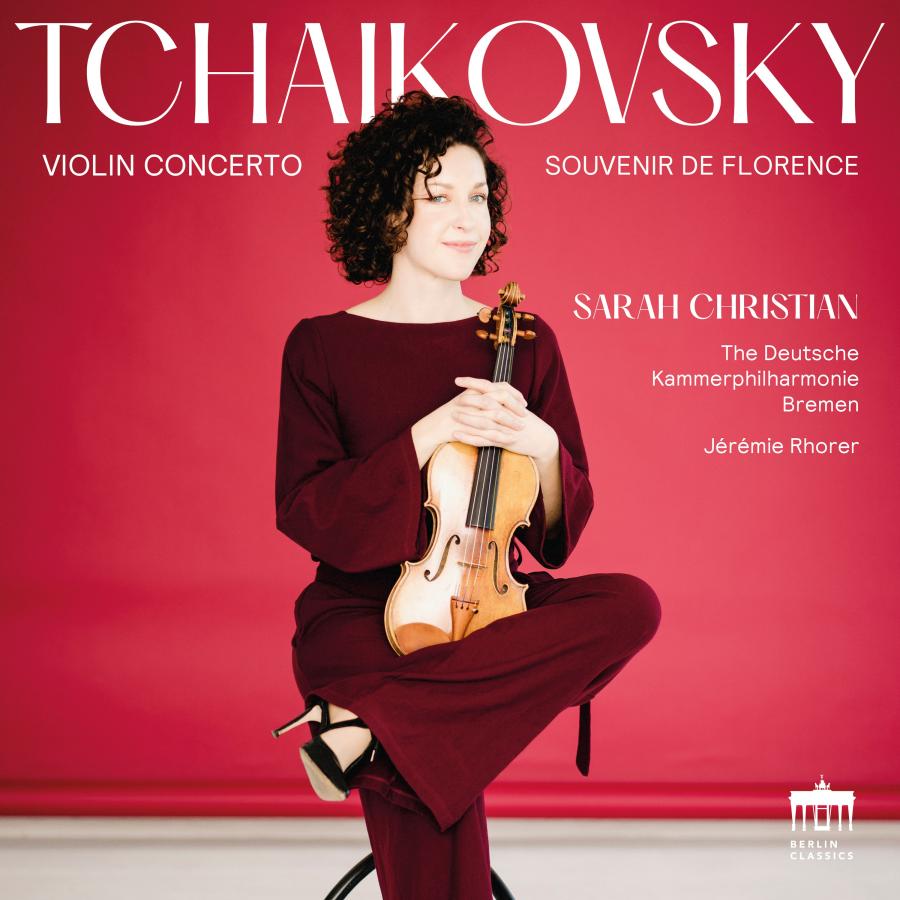Kaleidoscopic trumpet concertos by Bach
Johann Sebastian Bach sadly left no trumpet concertos known to us in the twenty-first century. The trumpeter Matthias Höfs has now remedied this situation by arranging a number of Bach’s solo concertos for his instrument. His modern piccolo trumpet is able – unlike the valveless Baroque trumpet – to bring out the brilliant sound of the trumpet in the demanding melodies of the concertos.
Most instrumentalists, especially trumpeters, must come to terms with the fact that the history of their instrument is frequently one reflecting the gradual development of its musical and technical abilities. What that means is that a modern-day trumpeter can achieve far more with their modern instrument than was possible with the Baroque trumpet. While it is true that Bach composed superb solo parts for trumpet, he seems to have been deterred from writing a concerto in several movements for the trumpet, either because the trumpet of his day had a limited note range or there was no suitable soloist available to play such a complex work.
Back in the Baroque era, it was perfectly commonplace for concertos and in particular solo concertos to be played ad libitum on a whole range of different instruments. Bach wrote all of the concertos that Matthias Höfs has recorded on his new album for the Clavier (clavichord or harpsichord). When arranging works for other instruments, Bach’s approach depended on which instrument he was arranging for. In arranging the cantilenas in the slow movement of Alessandro Marcello’s oboe concerto for example, Bach employed a whole range of rich decorations. “I found that really charming. These are very well known ornaments,” says Höfs. When arranging Antonio Vivaldi’s concertos, however, Bach comes through much clearer, where Matthias Höfs has changed the typical repetitions in the bass line into virtuosic runs. “You can play the solo parts of the Vivaldi concertos as he originally wrote them, but I felt that some of the repetitive passages were too uniform,” explains Matthias Höfs, pointing out that Bach figured some of them himself. “I arranged the solo part more freely.” The concerto for two harpsichords BWV 1060 is presumably based on a double concerto for violin and oboe. When arranging it, Bach left the harpsichordist to play the solo part virtually unchanged in the right hand, while the left hand more or less follows the basso continuo part. That said, he does not take over the bass line note for note; instead, he expands it and composes additional parts, thereby adapting the part to the tonal language of the solo instrument.
Matthias Höfs for his part did not follow the score attributed to Bach to the letter either. “There exists a copy by a contemporary with completely different transpositions. I adopted some of those,” he reports. “In those days, it was quite common to arrange works for one’s own instrument.” Together with the Deutsche Kammerphilharmonie Bremen he has produced an album that furthers a long tradition. At same time, he ably demonstrates yet again what a seemingly familiar instrument is capable of.



